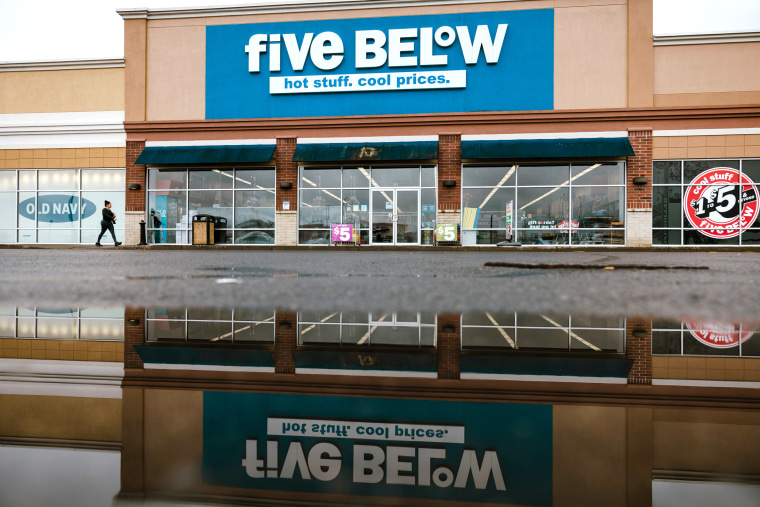In the fast-paced world of retail, the introduction of self-checkout kiosks was initially met with enthusiasm and high hopes for increased efficiency and customer satisfaction. Major retailers were quick to implement this technology in their stores, believing it would revolutionize the way customers interacted with the checkout process. However, recent trends suggest that these retailers are now backtracking on their initial embrace of self-checkout, raising important questions about the future of this technology in the retail landscape.
One of the primary reasons cited for the backtracking by retailers is the impact on customer experience. While self-checkout kiosks were intended to speed up the checkout process and reduce wait times, many customers have found them to be frustrating and time-consuming. Issues such as unexpected item removals, payment errors, and the need for assistance from store employees have led to a decline in customer satisfaction levels. In response, retailers are reevaluating the role of self-checkout in their stores and considering alternative solutions to improve the overall shopping experience.
Another significant factor contributing to the reversal in self-checkout adoption is the rise of contactless payment methods. With the increasing popularity of mobile payment apps and digital wallets, customers are now more comfortable using contactless payment options that allow for a seamless and secure checkout experience. This shift in consumer behavior has made traditional self-checkout kiosks less appealing, as they often require customers to handle physical cash or credit cards, which can be perceived as less hygienic in the current environment.
Additionally, retailers are recognizing the importance of human interaction in the shopping process. While self-checkout was initially promoted as a way to streamline operations and reduce labor costs, many retailers are now realizing that the personal touch provided by human cashiers is an important aspect of the customer experience. Customers value the opportunity to interact with knowledgeable employees, receive personalized recommendations, and feel a sense of connection with the brand. As a result, retailers are exploring ways to strike a balance between automation and human interaction to create a more fulfilling shopping experience for customers.
Moving forward, it is clear that major retailers are rethinking their approach to self-checkout technology. While the concept of self-checkout remains appealing in theory, retailers are facing practical challenges in implementation and are responding to changing consumer preferences and expectations. By carefully considering the impact on customer experience, the rise of contactless payments, and the value of human interaction, retailers can adapt their strategies to create a shopping environment that meets the evolving needs of their customers. As the retail landscape continues to evolve, the role of self-checkout will undoubtedly be a topic of ongoing discussion and innovation.

